Pag: 10th International Lace Festival from 20th to 23rd of June
It's difficult to claim one Croatian island to be more interesting than another, and it's even more difficult to make such claims about a country with more than 1,000 islands to its name. However, Pag is certainly an extremely unusual island.
If you've ever spent any time there, when compared to other Croatian islands which are typically thick with green Mediterranean vegetation and rich with life, you'll know that this almost entirely naked, Mars like structure in the Adriatic sea is in a league of its own. A paradise for photographers as well as tourists, Pag has a long and rich history as well as an incredibly bizarre landscape.
Organised by the Tourist Board of Pag and the Society of Pag lace makers "Frane Budak", from the 20th to the 23rd of June 2019, the tenth International Lace Festival will take place in the town of Pag. This is a manifestation which showcases part of this interesting Croatian island's rich history.
As Morski writes on the 17th of June, 2019, this year, the lace festival will be held under the auspices of the President of the Republic of Croatia, Kolinda Grabar-Kitarović, sponsored by the Croatian Ministry of Culture, Zadar County, and with the welcome additional sponsorship of Erste Bank. The festival's organisers have prepared a rich, interesting and educational program for all visitors.
During the three days of the festival, there will be exhibitions of Pag lace, lace workshops, a fashioh snow, performances, and an interesting historical exhibition on how people once lived on Pag, among other things. Klapa Ragusa and Klapa Kampanel will also perform their traditional music for all visitors.
At the Pag festival, more specifically the ground floor of the Rector's Palace at Petar Krešimir Square, you can see the exhibitions of the participating countries of the festival and numerous works from Germany, Bulgaria, Montenegro, Hungary, Czech Republic, Switzerland, Slovenia, and of course Croatia.
Follow our dedicated travel page for much more.
New Catamaran Lines Presented, to Operate in Summer 2019 Season
In the last several days we've received three separate reports of new catamaran lines introduced for the summer season of 2019, with the intent of inter-connecting Croatian islands. The fact that Croatian islands were often perceived as not inter-connected enough, and that you often had to go to Split in order to get to another island which was in fact quite close was often listed as one of the bigger problems for tourists in Croatia.
Well, that seems to be changing: during summer 2019, there will be at least three new catamaran lines which will help fix that! Those are:
- Split Airport - Split Town - Bol on Brač Island - Stari Grad on Hvar Island, operated by https://splitexpress.com/en
- Rijeka - Krk (Krk) - Lopar (Rab) - Novalja (Pag) - Zadar, operated by G&VLine
- Dubrovnik - Korčula (Korčula) - Hvar (Hvar) - Bol (Brač) - Split, operated by Jadrolinija.
The last of the three mentioned existed last year too, as we've made clear in our 2018 guide on how to get to Korčula Island. Obviously, it has proven to be a success last year, so Jadrolinija has decided to bring it back, starting operation on May 30th, and lasting until the end of September. The timetable (link to the .pdf document) is similar to last year's, with the key difference being that it will be departing Split 45 minutes earlier in the afternoon (at 15:30, while last year it was at 16:15), thus arriving in Dubrovnik also 45 minutes earlier. In addition, in Korčula, the ferry will not be docking at Dominče ferry port, rather at either the east or the west port in Korčula town itself. The very modern catamaran Jelena will be carrying passengers on this line.
Rijeka - Krk - Rab - Pag - Zadar is a new line, which connects the islands that are close to one another, but have never been well-connected. Now the new catamaran line will give the passengers the chance to island-hop, but also to make a same-day visit to the islands, as it will leave Rijeka in the morning, arriving in Zadar around midday, and you'll be able to from Zadar to Rijeka at around 8 pm. For a detailed timeline, click here (link to the .pdf document).
The timetable for the catamaran line connecting Split Airport, Split Town, Bol on Brač and Stari Grad on Hvar is a bit more complicated, but you can see it below:
New Fast Line to Connect Croatian Islands May be Tourist Hit
The residents of Croatian islands often have rightful complaints about their connections to the mainland not being up to scratch in many cases, and while efforts are being made to create better, more reliable and more frequent connections between Croatia's many inhabited islands and the mainland, many remain less than satisfied.
As Poslovni Dnevnik writes on the 22nd of May, 2019, the carrier of this idea and the launcher of the line itself is the company GV Line Iadera from the Dalmatian city of Zadar which has many years of experience in navigation on important state routes under its belt.
Every single day as of June the 15th to September the 15th, there will be a fast passenger line on the Rijeka-Zadar route and this will also connect the islands of Krk, Rab, and Pag. This is otherwise the first and the quickest fast passenger line to connect Zadar and Rijeka and the islands in this manner, as 24sata reports.
This new line will certainly contribute to not only the ease of the lives of the residents of the aforementioned islands, but also to the overall enrichment of the tourist offer of both Dalmatia and Kvarner respectively, as well as to the better linking of the islands, since the islands of Krk, Rab and Pag have never been connected in such a way with each other, nor have they ever been connected in this way to the Croatian mainland.
Make sure to follow our dedicated travel and lifestyle pages for much more.
Pag Riva Renovated, Reconstruction Stands at 5.8 Million Kuna
A bit of ''cosmetic surgery'' for Pag's main waterfront (riva) as the reconstruction and upgrading of this heavily frequented area gives the town and the island a breath of new life.
As Novac/Jutarnji writes on the 19th of May, 2019, in approximately twenty days, the reconstruction and upgrading of the popular island's main waterfront with a small harbour in the town of Pag, ''Katina'', will finally be completed, and then that part of the coastline in Pag will be ''released'' for general use in its brand new, done up and completely revised edition.
In the reconstruction of Katina harbour, the Zadar Port Authority, with partial support from the Ministry of Maritime Affairs, Transport and Infrastructure headed by Oleg Butković, and Zadar County, invested a massive 5.8 million kuna, and the necessary works were executed by the Zagreb-based company PGP.
The aforementioned works saw the deepening of the bay area in front of Katina, an important coastal wall was properly repaired and two 50 and 80 metre-long pontoons were erected, which resulted in one hundred new berths for boats, according to a report from Zadarski.hr.
At the celebration of the Day of the City of Pag which took place on Friday, the project was presented to the participants of Pag's annual celebration, including to the minister of the competent Ministry, Oleg Butković. Pag riva's new look was presented by Davor Škibola, the director of the Zadar County Port Authority which, as mentioned, was among the investors.
On this occasion, Minister Butković referred to this particular port authority as "the best in Croatia" primarily because of the number of projects it has accomplished or performed in the port areas it manages.
Make sure to stay up to date by following our dedicated lifestyle page for much more.
Click HERE for images of Pag's brand new waterfront by night.
Entrepreneur Presents Pag Golden Coast Resort Project
ZAGREB, April 22, 2019 - Eduard Marzić, a businessman from the island of Pag and the owner of the Šimuni camping site at that island off Zadar, has promoted his project of a future residential resort with 2,000-2,500 residential units and over 1,000 berths in the area between the town of Pag and Dinjiska Bay.
Marzić, who said that he was inspired by Port Grimaud designed by architect Francois Spoerry in the 1960s, says that the project called "the Golden Coast of Pag" will cost a billion euros.
"We are not in search of investors; we have investors from all the world interested in the project. We would like to have understanding of the government and the relevant institutions and we want them to show interest and be partners in this project so that it can kick off in the next two years," Marzić said, while insisting on efficient cooperation in provision of all necessary permits and licences for the implementation of the project.
The project can be implemented in five stages, he said and added that the planned residential resort for 10,000 inhabitants would be tourism-wise sustainable.
For instance, only electric cars would be allowed for transport through the resort.
More Pag news can be found in the Lifestyle section.
Pag Salt Gains EU Protection - Croatia Now Has 22 Protected Products
As Morski writes on the 11th of April, 2019, Pag salt (Paška sol) has received protection at the EU level. This information has now been published officially and Pag salt has been entered into the register of Protected Geographical Indications (EU PGI), and Pag salt has earned its sought-after protection status throughout the European Union.
"Pag salt'' is sea salt obtained directly from the seawater of Pag bay, its shape that of small cubic crystal structures that are white in colour and contain minerals and trace elements. Most of the crystals are up to 1 mm in size, so 98 percent of all of the salt crystals manage to pass through a sieve with a mesh size of 1.3 mm. It has a concentrated salty taste without any bitterness.
The seawater from the bay of Pag is extremely clean and well-filtered because the bottom of Pag bay, from which it is obtained, is highly rich in shells which act as natural purifiers of the sea, meaning the seawater in that area has very low values of heavy metals, which are at considerably lower levels than the average value of rest of the Mediterranean sea. In addition to that, Pag bay is located far from any areas in which industrial works are carried out, meaning that the sea is even more pure.
Croatia boasts a long and very rich tradition of production and preparation of various agricultural and food products that are characterised by certain special, unique qualities and traditional production methods, and now finally Pag's much loved salt has earned its protection at the highest level.
Although the Republic of Croatia is still the youngest member state of the European Union, it can be extremely proud of itself as it now has 22 different agricultural and food products with names that are now protected at the European Union level, either in the sense of having a protected destination of origin, or having a protected geographical indication. The EU currently has three such schemes which work to protect the names of quality agricultural products and foodstuffs.
Make sure to follow our dedicated lifestyle page for much more.
World's Biggest Welcome in Croatia: Day 14 - Silba to Prpa (Kayak, Bike, SUP, Foot)
April 9, 2019 - Putting Croatian adventure tourism on the map, with the biggest welcome in the world. Day 14 of this incredible 2011 adrenaline trip covering 2,500 km along the Croatian coast.
The World's Biggest Welcome, an ambitious adventure tourism project in 2011 in Croatia enters Day 14 of this 2019 appreciation of one of the finest tourism promotion projects ever in Croatia.
The plan? To showcase the diversity and fabulous offer of adventure tourism in Croatia by following a GPS route the length of the Croatian coast in the shape of the word 'Welcome' - thereby creating the biggest welcome in the world from a hospitable tourism country.
Day 14 moved by kayak, bike, SUP, and foot from Silba to Prpa.
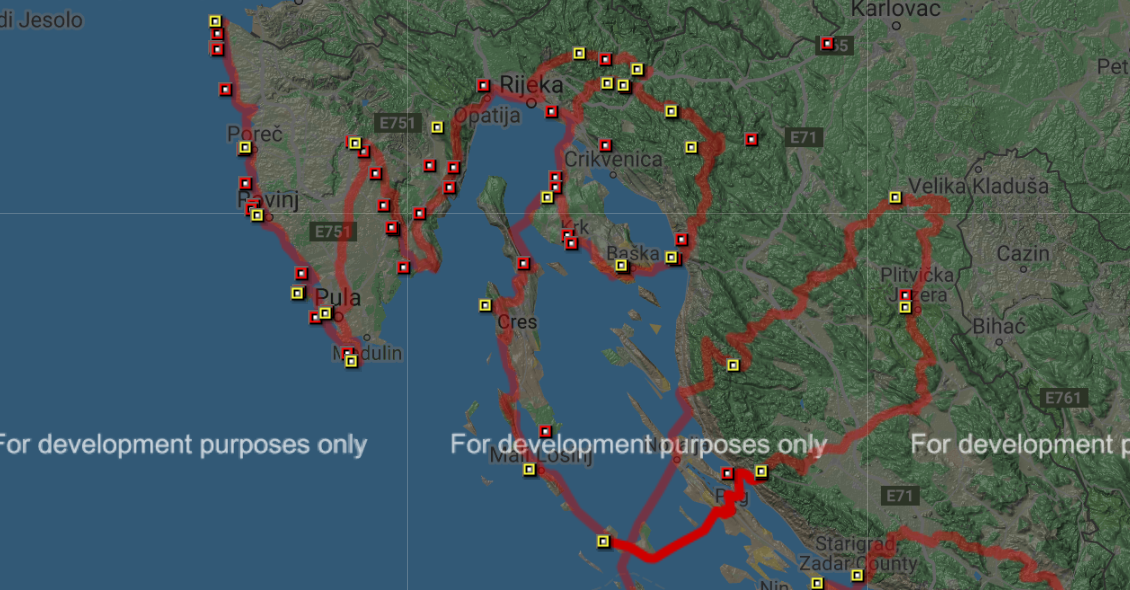
46 kilometres for the day: 22 km by kayak from Silba to Pag, followed by an 8 km bicycle ride on Pag island, 4 km of SUP (standup paddle boarding) from Pag to Karlobag, and 12 km on foot from Karlobag to Prpa to begin forming the ‘L’ in ‘Welcome’.
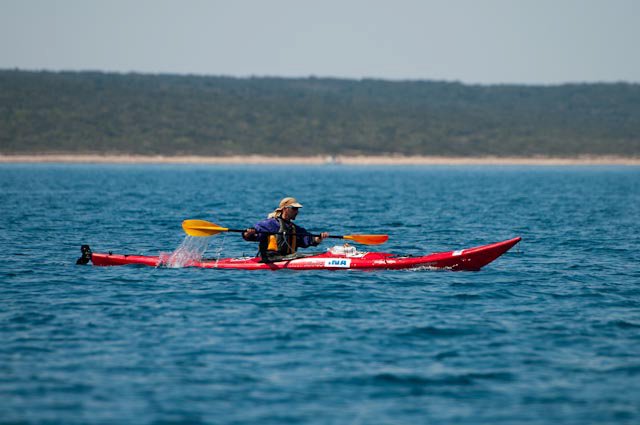
Day 14 began with Daniel Lacko rowing from Silba to Pag, passing Olib in the background.
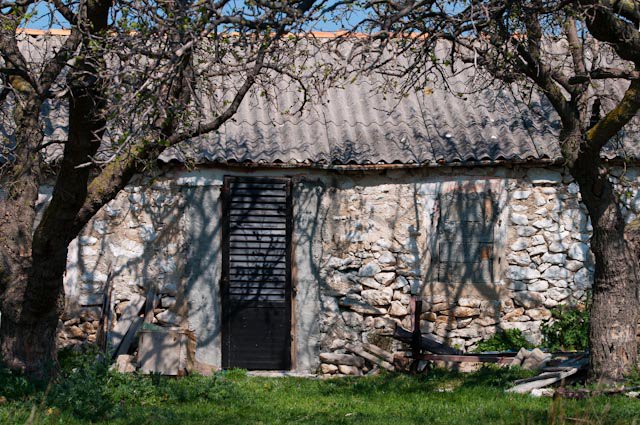
They were greeted on the island of Pag with an old stone house in Proboj.
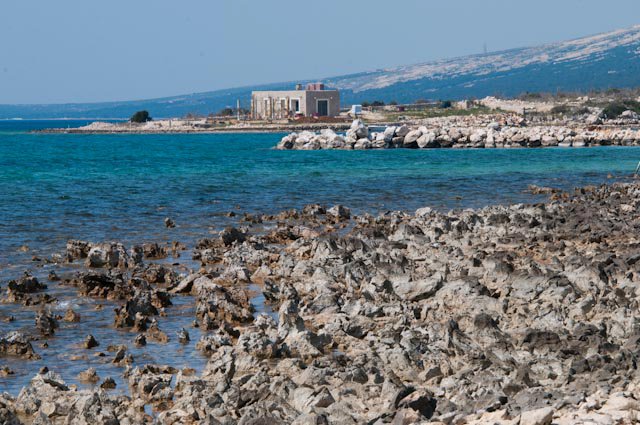
The colors of Proboj on the island of Pag.

And, of course, lambs.
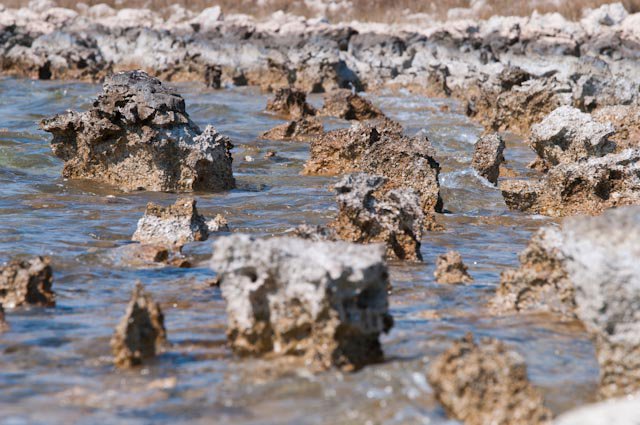
The rocky Proboj should make parking the kayak easy?
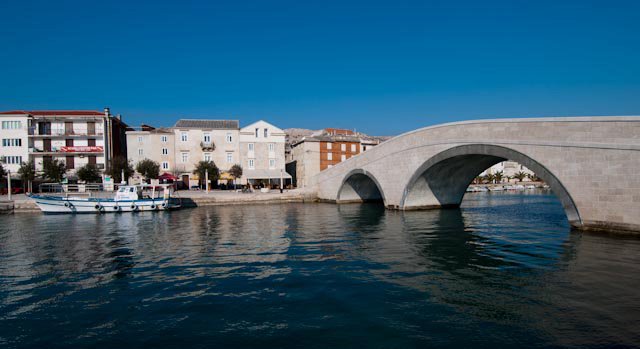
Picturesque Pag.
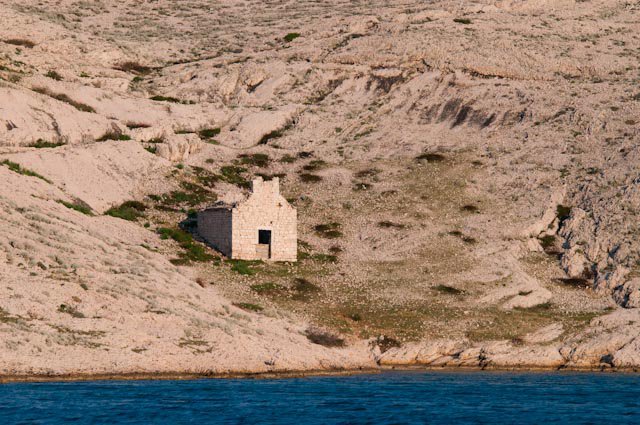
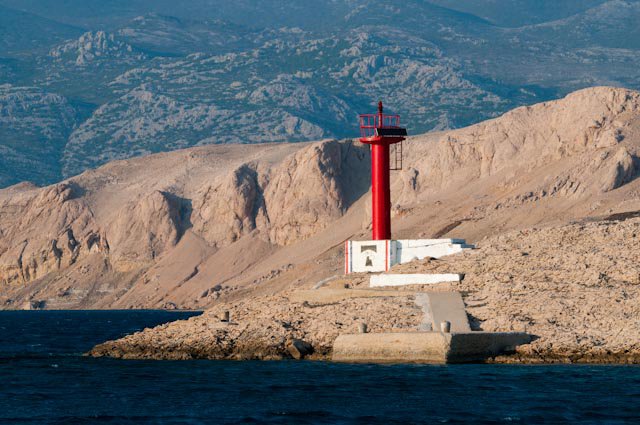
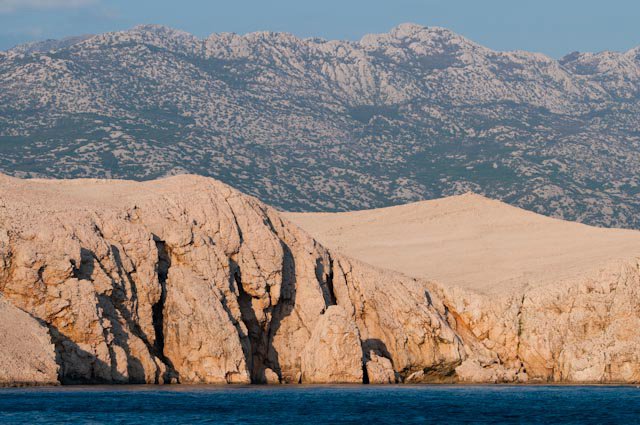
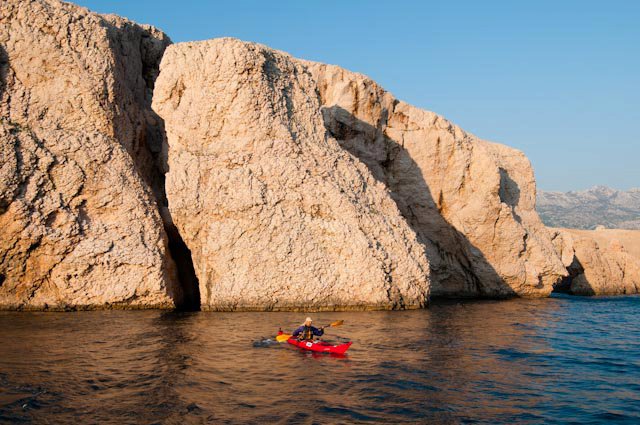
Making their way towards Paška vrata.
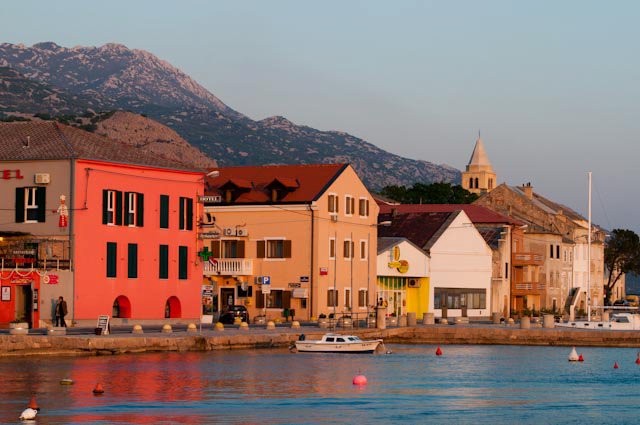
Arrival in Karlobag as the sun dimmed.
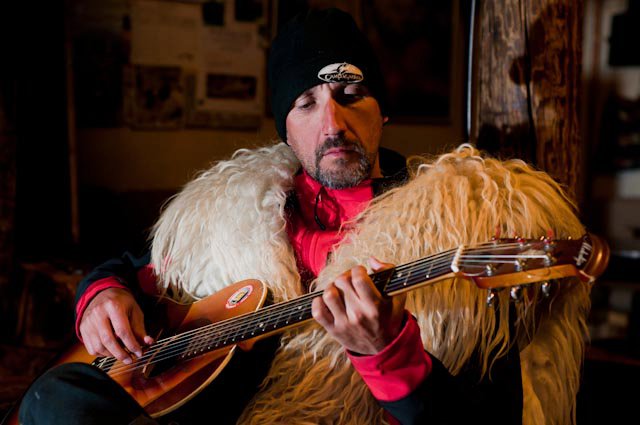
Relaxing at Baške Oštarije, Prpa on the Velebit mountain ridge.
A key part of the project was promoting tourism, and the official website has details of the key places visited during the day.
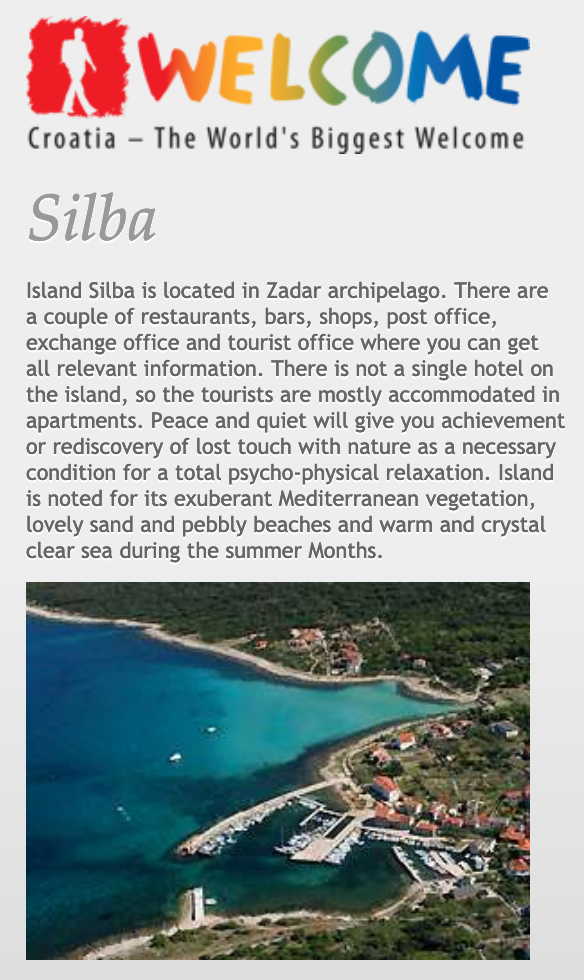
Silba.
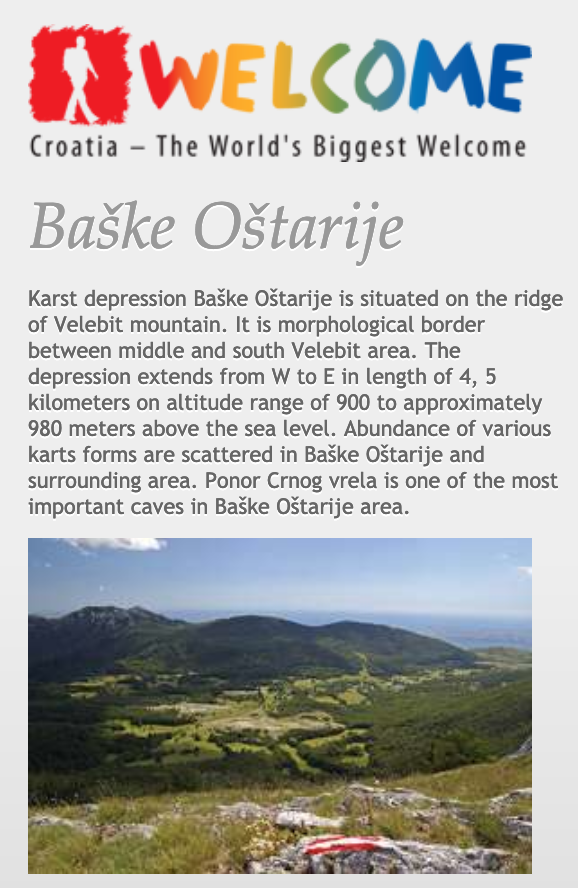
Baške Oštarije
You can see the entire project on the Welcome website, as well as much more of Luka Tambaca's stunning photography on the Welcome Facebook page.
Tune in tomorrow for Day 15, as Lacko moves from Silba to NP Plitvice Lakes by bike.
To follow the whole project from the start, follow the dedicated TCN page.
Pag - Sunken Roman Ship Gets Own Website, Live Camera Planned
In the coming days, the very first website dedicated to the underwater archaeological site which boasts an ancient Roman ship will be presented to the public in Letavica on the island of Pag.
As Morski writes on the 21st of March, 2019, the lecture "From a discovery to a tourist attraction" will be held on March the 29th, 2019 at the Rector's Palace on Pag, starting at 17:00. More about this project was discussed by Vedran Dorušić from the Foka Diving Center with Morski.
''First and foremost, we want to bring this extremely attractive locality closer to the island's inhabitants, as well as to the general public. For this purpose, many steps have been taken, and this presentation is just one of them. The location, the chronology of its discovery and its protection, and all that we know about what can be done to make this [sunken Roman ship] a tourist attraction in a positive way [will be done]. Research at Letavica was aided by the University of Zadar, the Croatian Restoration Institute, the International Center for Underwater Archeology and the Archaeological Museum in Zadar, as well as the Foka Diving Center,'' said Dorušić.
The aforementioned lecture will be held by doc. Dr. Irena Radić Rossi, Igor Savić and Vedran Dorušić. The presentation will include professional historical context, in the sense of both diving and marketing. It will be interesting to divers, lovers of history and cultural heritage as well as to those who work in the field of tourism who can assist in presenting this interesting site and even the island of Pag itself.
The Pag site is located at a depth of 36 to 38 metres and lies about 500 metres from the coast. What is specific in the sense of the actual area of this remarkable discovery is the fact that it lies next to a reef which is home to a beautiful underwater boasting an abundance of fish and other types of marine life, making it a great attraction for divers even without the 1st century BC Roman find. At the site itself, between 400 and 600 amphora of types known as Lamboglia 2 were found, all of which were full of wine.
From all that we know today, it can be concluded that this ancient sunken vessel is a Roman ship from the 1st century BC, making it a truly impressive piece of history. In its day, the Roman ship was about thirty metres long, making it a very large ship for its time. The site was originally discovered on July the 28th, 2018 as part of the regular activities carried out by the aforementioned diving center. Diving at the time of the site's discovery were Igor Savić and Vedran Dorušić, as well as two tourists.
The site will be the first to remain unprotected by a cage, modern technology will be used for its protection instead. Some potential means of protection were tested and presented by Croatian archaeologists and experts from Norway earlier this month. In addition to this, the desire is also to set up live underwater cameras that, besides offering the site constant protection, also hold a promotional purpose for this fascinating site.
Cameras will make it possible to look down under the water at the Roman wreck at any time of day, and this unique example should help the island of Pag get properly placed on a diving map, subsequently helping to further develop the whole island of Pag. It's also interesting to note that this site will be the first underwater archeological site to have its own website.
Make sure to follow our dedicated lifestyle page for much more.
Horror: Father Throws Four Children from the First Floor
ZAGREB, February 28, 2019 - Of the four children, who were thrown from the first floor of their house on the island of Pag by their father, three are severely injured and the fourth child -- a seven-year old girl -- has been hooked to a mechanical ventilator at the intensive care unit of the Zadar Hospital, the girl's doctors told the press, adding that they would consider transporting her to Zagreb once her condition stabilised.
The 54-year-old man early on Thursday morning threw his four children, aged 3,5,7 and 8, from the first floor of their house on the Pag island. Two girls are in the intensive care unit and the other two children are in surgery.
"The condition of the seven-year-old girl is the most severe. She has numerous head and chest injuries so we had to put her on a mechanical ventilator. The child is not yet stable and we are in contact with the Health Ministry," the head of the Intensive Care Unit, Edi Karuc, said.
He said that the girl's eight-year old sister, who is also in the intensive care unit, is conscious and stable.
Demography, Youth and Social Policy Minister Nada Murganić will travel to Pag to get more information on this case of domestic violence.
The minister said that she would hold a news conference once she collected all information.
Early on Thursday morning, the Zadar police reported about this incident which shocked the country. A police investigation is under way.
More news about the children issues can be found in the Lifestyle section.
Four Seasons on Pag: Documentary Film to Showcase Gastronomy of Island
The island of Pag has transformed into a film set, as the documentary film "Four Seasons on Pag", which aims to showcase the authentic gastronomic offer of the island, is underway, reports HRTurizam on January 29, 2019.
The authors of the project are Fabijan Oštarić and Rene Bakalović, and the idea of the documentary came to life after a short journey to the area and an informal conversation about food. Produced by the Zagreb company Fare, the outlines and figures of this exciting project are only just beginning.
The aim of the project is to present the island of Pag in several episodes that are divided into four seasons while telling the story of the island's history, archaeological sites, tradition, culture, and gastronomy.
“Four Seasons on Pag” is a series of four documentaries, and as Rene Bakalović points out, the series intends to confirm the basic thesis that Pag is, in the gastronomic sense, perhaps the most interesting island in the Mediterranean.
"The great ambition we had when we came into the project was confirmed after filming the first winter episode. It deals with the interlocutors to the recorded material and the support we have encountered on the island. We are observing the gastronomy in the broadest civilizational context, from the relationship with nature, top ingredients, culinary tradition, rituals, up to modern culinary adventures and new tourist ‘rituals’.
We have set up the most technical and artistic standards to successfully distribute the series to the world after the show in Croatia. Our approach to the topic is more ‘cinematic’ than television, although it is a television series. This refers to the style, dynamics and the desire that the shelf life of our series is longer than usual. As we will naturally record significantly more attractive material than we will use in the final version, small thematic entities will be published on social networks, which we want to rise to the level of an attractive portal about Pag,” said Bakalović, adding that all people and institutions with a connection to Pag are invited to join the accompanying segment of the project.
Interestingly, the entire team decided to start the project themselves and attract the partners and sponsors through the contacts in the film, which seems to be a different strategy, though one that the authors believe will succeed for the financial structure and completing the filming and postproduction of this year.
"We will only reveal some details, like how the first pilot shows winter on the island; from sewing Pag lace and the production of Pag cheese to the production of baškotin in the Benedictine Monastery of Sv. Margarite, the preparation of authentic dishes and performances of the KUD Bartol Kašić, cooking a modern version of lamb tripe in Boškinac, visiting olive groves in Lun that are over a thousand years old, and filming a storm in Žigljen,” said Fabijan Oštarić.
The filmmakers return to Pag in the spring to continue filming the new series.
To read more about lifestyle in Croatia, follow TCN’s dedicated page.


